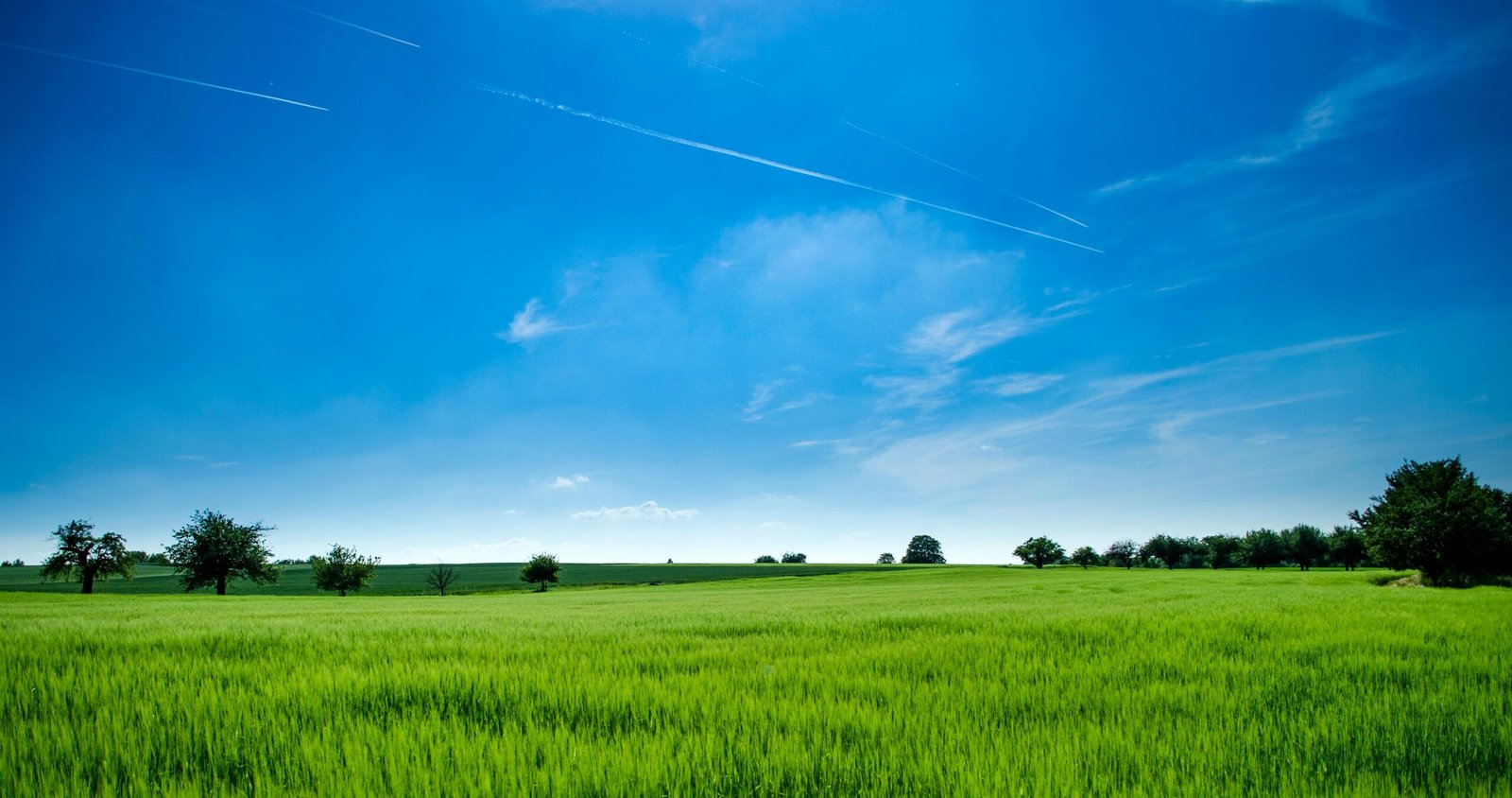Biodiversity isn’t just about saving the bees — it’s the foundation of a thriving, resilient planet. Discover why it’s critical for our survival.
🌏 Why Biodiversity Is Crucial for Our Future
In a world increasingly shaped by industrialization, urban expansion, and climate change, one silent force continues to support all life on Earth — biodiversity. From the smallest bacteria to the largest mammals, the intricate web of life connects us all. Yet, this critical resource is under threat.
Let’s explore why biodiversity matters, what’s causing its decline, and how protecting it safeguards our future.
🌿 What Is Biodiversity?
Biodiversity refers to the variety of life on Earth — encompassing species diversity (animals, plants, fungi, and microorganisms), genetic diversity (variation within species), and ecosystem diversity (forests, oceans, wetlands, etc.). It’s nature’s toolkit for survival and resilience.
Think of biodiversity as the Earth’s life support system. It ensures ecological balance, provides essential services, and keeps natural systems functioning efficiently.
🔍 Why Is Biodiversity So Important?
1. Ecosystem Services That Sustain Life
Biodiversity is the unsung hero behind the services we often take for granted:
- Pollination: Bees, butterflies, and birds pollinate over 75% of global food crops.
- Water Purification: Wetlands filter pollutants and maintain freshwater quality.
- Soil Fertility: Microorganisms and decomposers keep soil healthy for agriculture.
- Climate Regulation: Forests absorb CO₂ and cool the Earth.
Without biodiversity, these systems collapse — impacting everything from food production to clean air.
2. Medical Discoveries and Innovations
More than 50% of pharmaceutical drugs are derived from natural compounds found in plants, fungi, and animals. For instance:
- Aspirin comes from willow bark.
- Penicillin was discovered from mold.
- Cancer treatments have been developed using rainforest plants.
Losing species means losing potential cures for tomorrow’s diseases.
3. Food Security and Nutrition
A biodiverse world supports resilient agriculture. Diverse crops and animal breeds are more adaptable to changing climates, pests, and diseases. Genetic variation ensures that farmers have options when facing unpredictable environmental challenges.
4. Cultural and Spiritual Significance
Indigenous and local communities around the world rely on biodiversity for their identity, heritage, and traditional knowledge. Sacred groves, medicinal plants, and animal totems are intertwined with culture, rituals, and healing.
🚨 What’s Threatening Biodiversity?
Biodiversity is declining at an alarming rate. According to the UN’s 2019 Global Assessment Report:
- 1 million species are at risk of extinction.
- Biodiversity is being lost faster than at any point in human history.
Main Threats Include:
- Habitat Destruction: Urban sprawl, deforestation, and mining activities displace wildlife.
- Pollution: Pesticides, plastics, and industrial waste harm species and disrupt ecosystems.
- Climate Change: Rising temperatures, shifting rainfall, and ocean acidification alter habitats and migration patterns.
- Invasive Species: Non-native species can dominate ecosystems and displace native flora and fauna.
- Overexploitation: Overfishing, poaching, and unsustainable farming deplete natural populations.
💡 What Can We Do to Protect Biodiversity?
While the situation is critical, it’s not too late. Here’s how individuals, communities, and governments can take action:
🌱 Individual Actions
- Support local biodiversity: Plant native species and reduce lawn monocultures.
- Buy sustainable products: Choose certified seafood, cruelty-free beauty, and organic produce.
- Reduce waste: Minimize plastic use and recycle responsibly.
- Educate yourself and others: Knowledge empowers action.
🏛️ Policy and Global Initiatives
- The Kunming-Montreal Global Biodiversity Framework (2022): An agreement among 190+ countries to protect 30% of the planet’s land and oceans by 2030.
- Protected areas: National parks and marine sanctuaries act as safe havens for species.
- Sustainable development goals (SDGs): Especially SDG 14 (Life Below Water) and SDG 15 (Life on Land).
🤝 Community and Corporate Engagement
- Citizen science projects (e.g., iNaturalist, eBird) allow people to contribute to conservation data.
- Corporate responsibility can drive biodiversity-positive practices in agriculture, energy, and construction.
🌎 Why the Future Depends on Biodiversity
Imagine a future with unpredictable food shortages, rampant disease, and environmental disasters. Now imagine a world teeming with life, where ecosystems are resilient, air and water are clean, and communities thrive in harmony with nature.
The difference lies in whether or not we prioritize biodiversity today.
Biodiversity isn’t just about protecting pandas and polar bears — it’s about securing the survival of all life, including ours.
📌 Final Thoughts
Biodiversity is not an abstract concept — it’s the heartbeat of our planet. From the air we breathe to the food on our plates and the medicine in our cabinets, everything ties back to the rich tapestry of life.
The time to act is now. By making conscious choices and supporting policies that protect the natural world, we can help ensure a thriving planet for generations to come.
⚠️ Disclaimer:
This blog is intended for informational and educational purposes only. The views expressed are personal opinions or general insights, not professional or legal advice. Readers should do their own research or consult relevant professionals before taking action based on this content
#BiodiversityMatters #ProtectNature #EcoFriendlyLiving #SustainableFuture #ClimateActionNow #WildlifeConservation #GreenPlanet #SaveOurSpecies #EnvironmentFirst #PollinationPower #ForestsMatter#carrerbook #Anslation #SustainableDevelopment #c #BiodiversityLoss #ScienceForChange


Leave a Reply